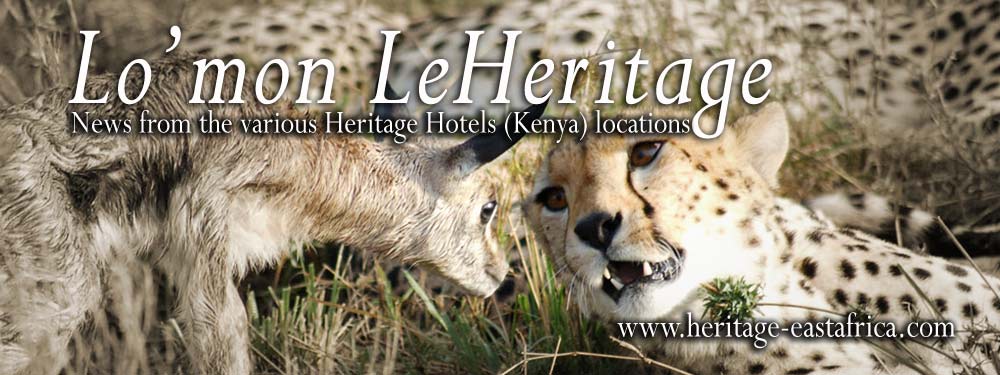The herds can now be distinguished between the Loita from the Serengeti ones from the direction of their final exit. The Loita herds are heading east, while the Serengeti bound herds are heading south. There is still a concentration south of
 the Mara Triangle, south towards the Mara Bridge, and along the Mara-Serengeti border around the salt lick area. There is a high concentration of zebra around Paradise crossing point that is coming from the Mara Triangle heading east across the Mara river. All the herds seen between Talek and Sekenani Gates are heading east, meaning these are the Loita groups. There are also small herds between Talek and Sand Rivers all heading south into northern Serengeti.
the Mara Triangle, south towards the Mara Bridge, and along the Mara-Serengeti border around the salt lick area. There is a high concentration of zebra around Paradise crossing point that is coming from the Mara Triangle heading east across the Mara river. All the herds seen between Talek and Sekenani Gates are heading east, meaning these are the Loita groups. There are also small herds between Talek and Sand Rivers all heading south into northern Serengeti.The departure of the wildebeest from the Mara this month is normal, albeit a little earlier than usual. They will be away till June-July next year, when they will come back again to new pastures. After the long rains of April-May, the Mara plains will be transformed into a sea of grass just before the arrival of these natural mowers, and then once again it will be another season of plenty for all, herbivores and predators alike.
From now onwards the Mara predators will have to devise smarter methods of hunting for the elusive resident animals. At times they may have to go for longer periods between meals, but they easily adapt to this though the weak ones may never make it to the next season. This is a natural selection at its best!
Big Cats Update:
The Mara cats are having their last easy meals before the last of the herds leaves. Many skeletons still lie across the plains as an evident of a big feast that was in the last season. Lion prides will be highly mobile in search for food especially the ones with cubs. This is also the time when the larger herds will split due to competition for the few available resources.
The Olkiombo pride was seen regularly over the past two weeks along the Talek River east of Mara Explorer. We are going to follow them keenly to watch how they adapt to the lean period, especially considering the pride is quite large with about six cubs that require regular meals.
Olive, our female leopard star
 is still at the junction of the Talek and Olare-Orok Rivers with her cubs Kali and Ayah. Binti, her older sub-adult daughter, is seen regularly near the same location hunting and keeping to her own.
is still at the junction of the Talek and Olare-Orok Rivers with her cubs Kali and Ayah. Binti, her older sub-adult daughter, is seen regularly near the same location hunting and keeping to her own.Shakira, the female cheetah has now settled near Mara Intrepids with her three cubs, who have survived many dangers from lions and hyaenas. The present location is safer since there are fewer hyaenas that would normally pose a threat to the cubs and also steal her kills. The three brothers (Honey’s cubs) are also in the same area and were seen yesterday killing a full grown wildebeest.
This is the last issue of the Wildebeest Migration. We hope it has been enthralling to you as it has been for us. All pictures featured were of the actual characters taken by Paul Kirui. We look forward to keeping you informed on how the Big Cats cope with the this exit, and more importantly, other interesting sightings of all the other wildlife within the Mara Reserve, Samburu National Reserve, Tsavo West and Naivasha in the Rift Valley.
Paul Kirui, Chief Safari Guide
Kindly contact: safariguide@mara-intrepids.co.ke for comments or inquiry on the migration and other animal sightings in the Mara




